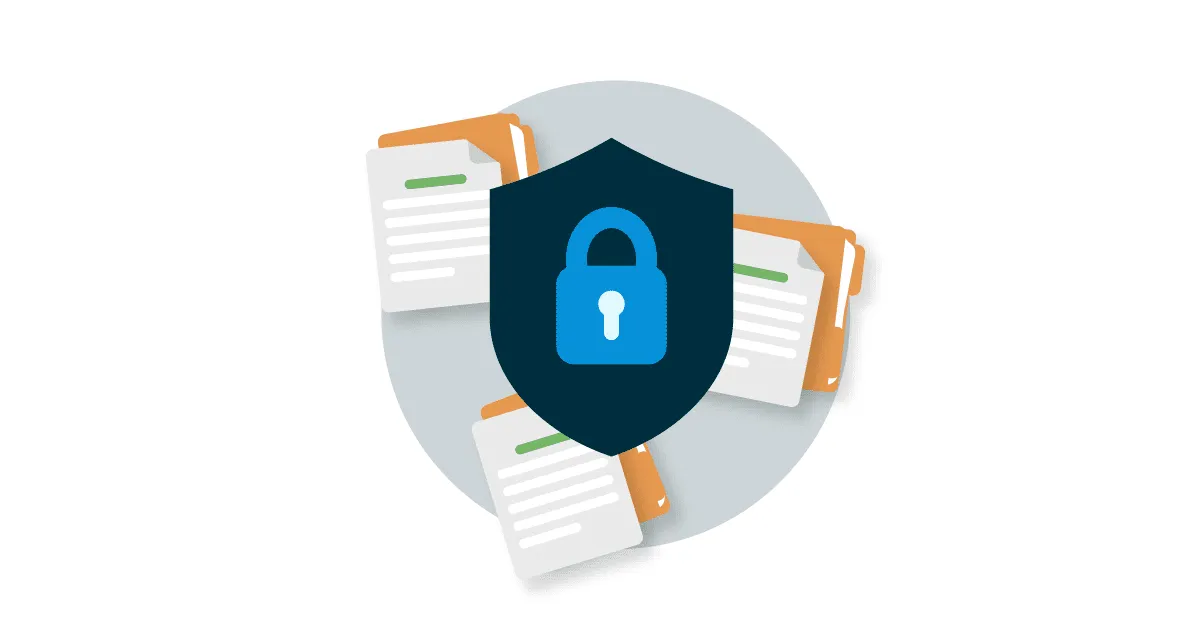
Updated on by Hayley Brown
All organisations need data governance, especially as businesses throughout all industries proceed on their digital-transformation journeys. Data has quickly become the most valuable asset an organisation possesses.
What are data governance strategies?
A data governance strategy is a comprehensive plan that defines how an organization manages, uses, protects, and ensures the quality of its data. It’s a key part of broader data management, aiming to ensure data is accurate, secure, accessible, and used responsibly across the business.
What about data governance and AI?
A data governance strategy becomes even more critical when AI and system integration are involved because these technologies rely heavily on high-quality, trustworthy data. Here’s how a data governance strategy supports and interacts with AI and integration:
Why does a data governance strategy matter?
Data governance matters as without it inconsistent data can appear across different systems within an organisation and may not get resolved. Effective governance helps towards regulatory compliance, meaning organisations avoid fines and legal issues. It also mitigates risks by reducing data breaches and misuse.
Finally, effective data governance improved operational efficiency by eliminating data silos and errors. As a result of this organisations benefit from informed decision-making, improved analytics and accurate reporting.
How it works: Data Governance + AI + Integration
Data Governance + AI
AI systems are only as good as the data they use. Therefore, data governance ensures that data is accurate. This means AI models don’t learn from or act on bad data. It also ensures that it is ethical, in other words it avoids bias, discrimination or non-compliance with privacy laws. Data governance also ensures transparency enabling explainable AI and auditability. Finally, it ensures security and protects sensitive data used in training or inference.
There are a number of key governance aspects for AI these include data lineage and provenance. This means being able to track where training data comes from and how it has been transformed. Another aspect is bias monitoring which set policies for fairness, diversity and accountability. As well as model governance, this monitors which data feed into which models and ensures models comply with policies.
Data Governance + Integration (iPaaS, APIs)
In a connected ecosystem, data moves across many systems that could be a CRM, an ERP, SaaS tools, APIs, data lakes, etc. Governance ensures consistency across these, which means the data is standardised across systems. It also ensures security, it does this by making sure access controls travel with the data. Data governance also ensures the data shared across systems is compliant with regulatory requirements such as GDPR and HIPAA. Finally, it helps with monitoring this means integration logs and data flows are auditable and trackable.
There are a number of governance tactics to implement for integration. For instance, data catalogs that include unified metadata and scheme definitions across systems for consistency. Second, API policies, these are rules for how data can be accessed and used via APIs. Finally, data contracts these agreements define what data can be exchanged between systems, including format and quality.
Governance as the Glue
When AI and integration are combined, such as in agentic workflows, embedded AI in business apps, or automated decision engines data governance ensures the data feeding the AI models through integrations is high-quality and policy-compliant. As well as ensure the AI outputs don’t trigger actions in integrated systems that violate any policies or procedures. Finally, data governance ensures that audit trails are available for every decision, data transfer and transformation.
One good example scenario of this is a financial services company who uses an AI model to detect fraud and integrates that with its banking platform. Data governance ensures the training data is anonymous and free of bias, and the data sent from transaction logs via an iPaaS is validated and logged. Governance also ensures only authorised systems can access the AI model’s outputs and all data used is tracked for regulatory audits.
Data Governance + Integration + Cyclr
Whether you’re building AI Agents or MCP Servers, integrating with external apps is essential, for extracting data or triggering intelligent, agent-driven actions. Data governance is a critical concern. Agents must access only the right data, aligned with user roles and permissions for each application.
For example, when a finance manager queries financial data using natural language, the AI Agent can access QuickBooks to provide a response. But if a sales team member asks the same question, the data remains inaccessible.
Even for agent-driven actions in the same tool like HubSpot, only authorised roles, like a sales Director, can create deals or set quotes through the Agent. Salespeople, however, won’t have those permissions.
In summary, Cyclr’s embedded iPaaS empowers you to build a secure Data Governance and Integration Platform, seamlessly connecting your AI tools to multiple SaaS applications, all aligned with your organisation’s data security policies.